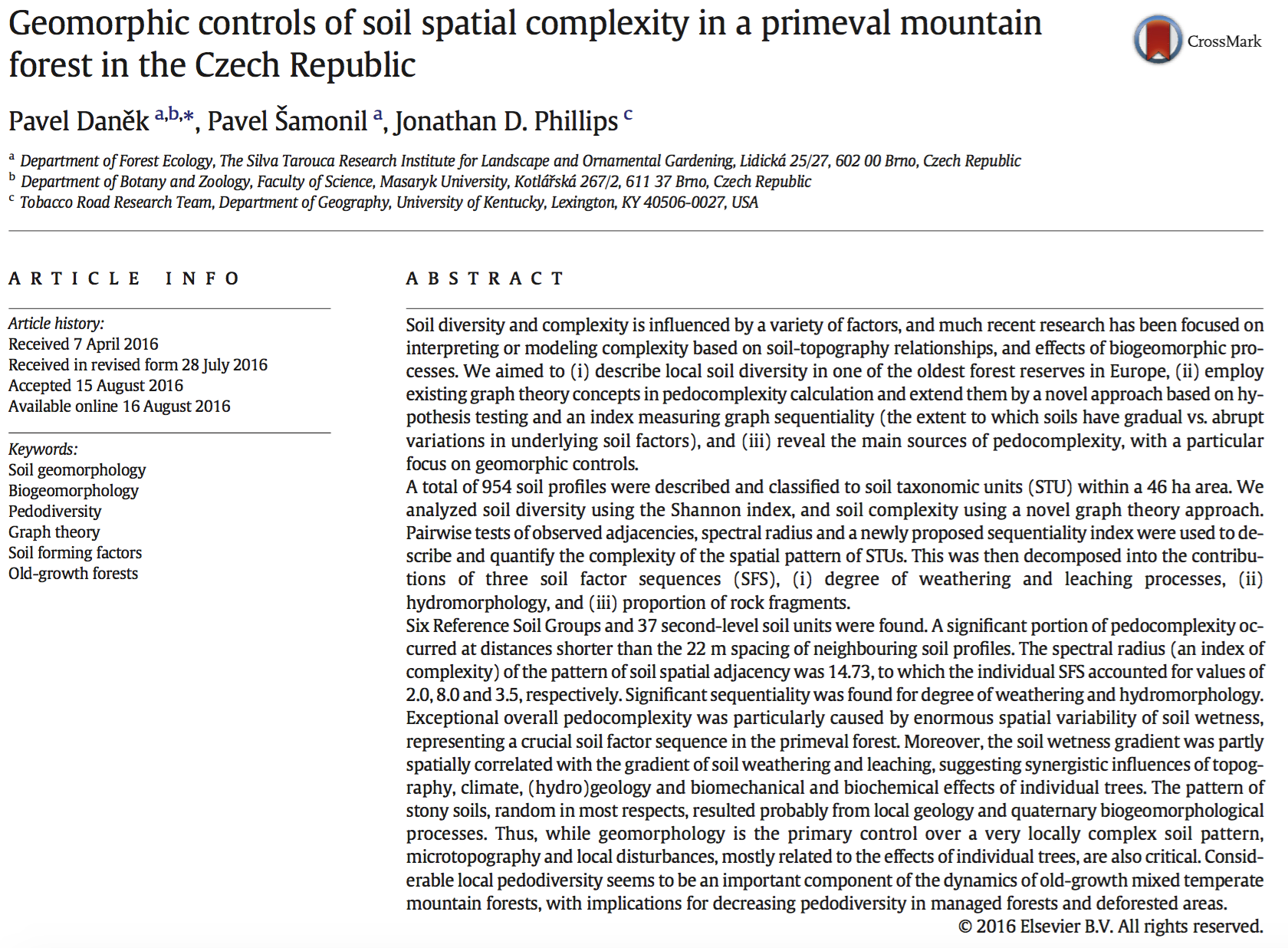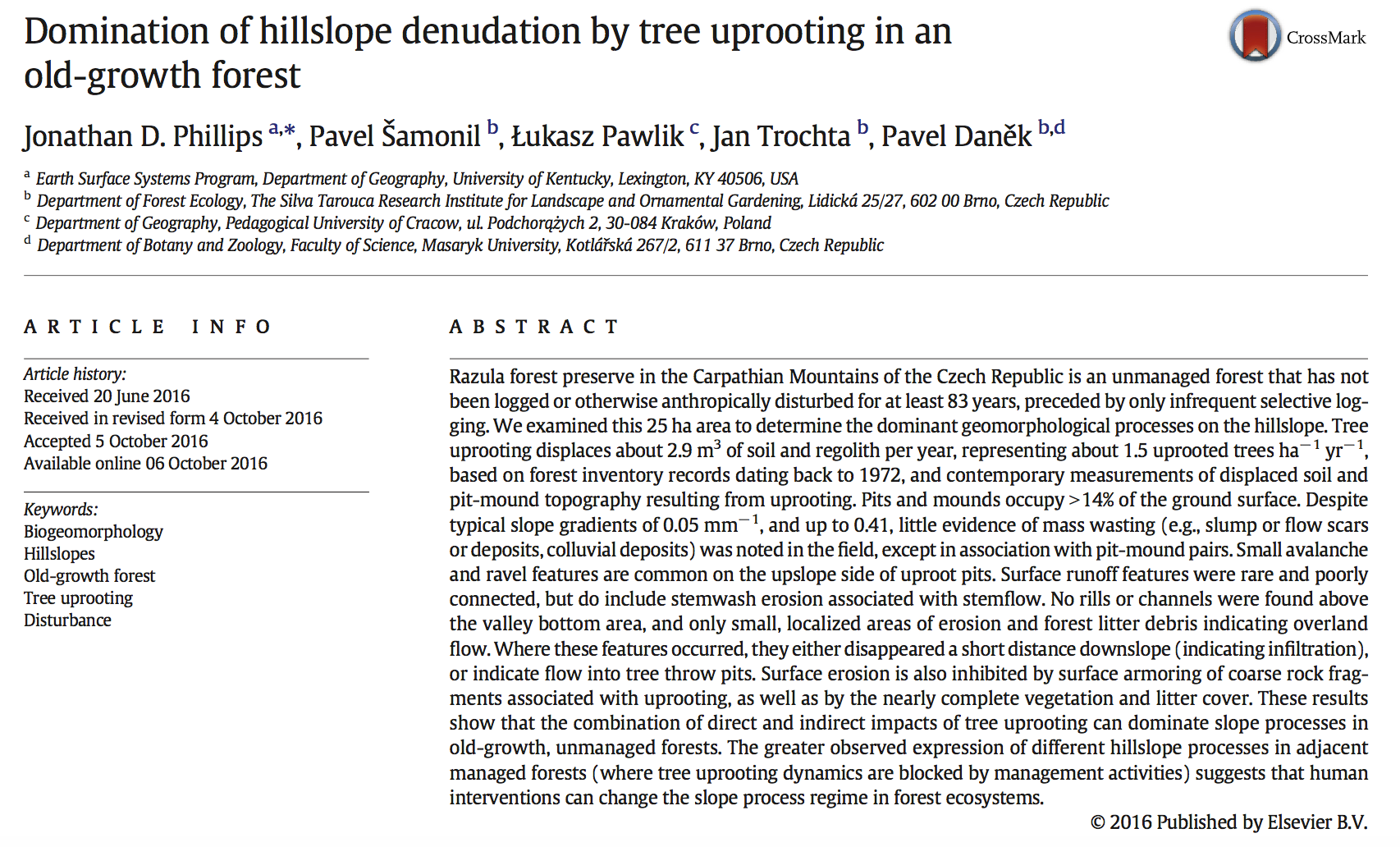THE BIG FLOOD
In 2011, a massive flood swept through the Lockyer Creek valley in southeast Queensland, Australia. The environmental, economic, and geomorphic impacts were immense, and Australian geoscientists immediately set out to document, understand, and contextualize them. The “Big Flood” project, led by Jacky Croke, has already produced 19 scientific journal articles, and they just this week went live with their web site, with numerous resources for scientists, managers, and the general public.
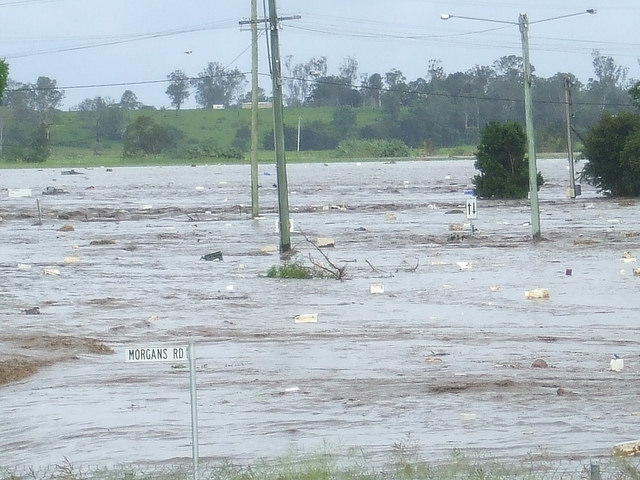
Floodwaters in Grantham, QLD, 2011 (http://www.thebigflood.com.au/whathappened.html)
The project has already produced some novel results with respect to flood geomorphology and hydrology, and is unique as far as I know with respect to direct efforts to integrate geoscience research with public policy, public education, and practical land and water resource management.
I recommend you check it out.
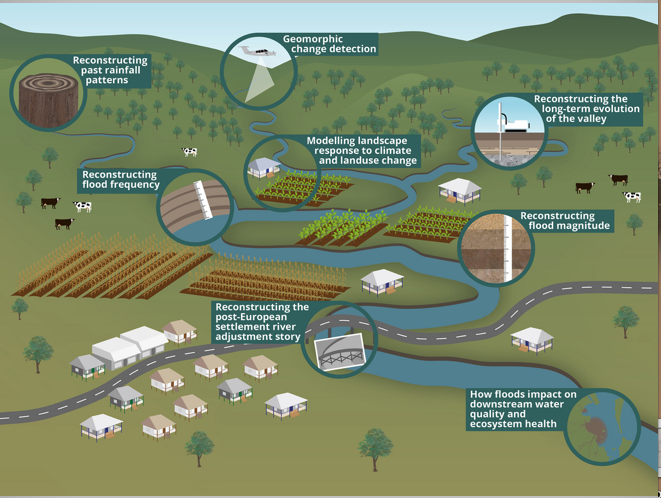
SOIL COLORS IN THE NATIONAL PARKS
Those who have worked with soils are familiar with the Munsell system for measuring/assessing soil color, and with the many environmental clues soil color can give us. Now the Munsell company that produces the soil color chips, charts, and books we use in the field and lab has produced a fascinating and visually exciting celebration of soil and its colors, based on the centennial of the U.S. National Park system.
From Munsell's announcement:
The Soil Colors of the National Parks - 100 Years of Conservation & Soil Science
SOME GRUMPY THOUGHTS ON POLITICAL ECOLOGY & BIOPHYSICAL SCIENCE
Last year our geography department underwent an external review, as we do every five years or so. One of the recommendations was that we seek to integrate our Earth surface systems and physical geography program with political ecology. We happen to have a couple of political ecologists who understand and appreciate physical geography, and vice-versa. But I wonder what, at the subdisciplinary rather than the individual level, we really have to offer each other.
Despite the word "ecology" and a tradition early on in political ecology (PE) of careful analysis of environmental change, contemporary PE appears to have very little general concern with ecology as a science (as opposed to ecology as a general reference to the environment, nature, or natural resources) or to other Earth and environmental sciences. This is not true of all PE or political ecologists, of course, and to the extent it is true, is not meant as a criticism of the field. Political ecologists are free to define and practice their field as they see fit, and it is not up to a geomorphologist to decide how central biophysical sciences should be.
Department of Geography Colloquium Series
Priscilla McCutcheon, "Growing Black Food on Sacred Land: Using Black Liberation Theology to Imagine an Alternative Black Agrarian Future" Associate. Professor of Geography and Geosciences at the University of Louisville
Reconstructing Anthropogenic Landscapes with Drone-mounted Sensors
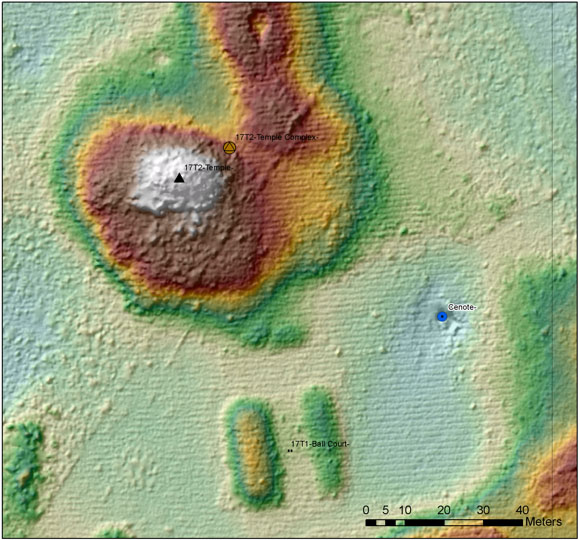
Banking on DNA: Thinking about new genetic tests in comparative contexts
Pakistan First Stop on Tour of South Asia Kitchens
By Gail Hairston
MORE FOREST BIOGEOMORPHOLOGY & GEOECOLOGY
Imagine exploring and mapping a newly discovered cave opening. At this point, there is only one set of questions--how long, deep, tall, wide, etc. is the passage, and where does it go? But as you begin to map it, more often than not, other passages and fissures will be discovered (and many of them will lead to others, and so on). This opens up a whole new set of questions. Some of the passages can be mapped, assuming someone can get the time and resources. Others can't be no matter how skilled the spelunker; they are too small. But even these can possibly be explored later, perhaps with remote control or AI tiny robots or probes; or with imaging techniques that can see through rock.
This is a pretty good metaphor, I think, for research in general. The more you learn, the more you discover you don't know, and more potential pathways for research appear--some possible now, some awaiting new techniques.
CZECH IT OUT!
A forest biogeomorphology two-fer, courtesy of my central European boyz, who have graciously allowed me to ride their coattails here in the twilight of my career. The first is one where Pavel Daněk took some of my ideas and methods on applying graph theory to soil geomorphology, and went places with them I never even imagined:
The second is one that arose when Pavel Samonil took me to one of his field sites, where I saw things I hadn't imagined:
The abstracts are below.
